How to Become a Pilot After 12th in India?
A pilot does not just experience the thrill of flying but also considers the safety of the passengers in the aircraft. They are skilled individuals wi
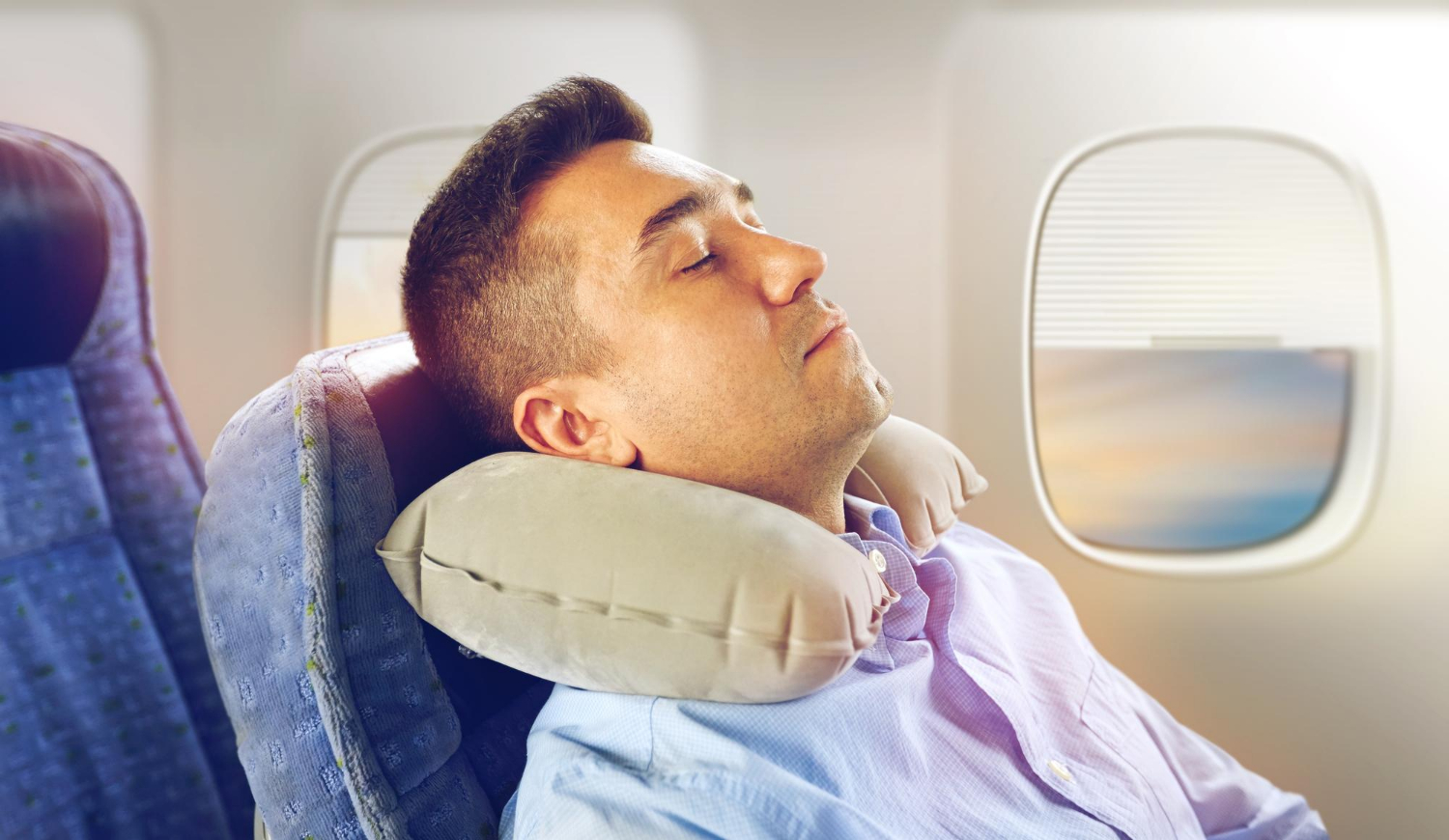
If I tell you that, before, pilots did sleep in the cockpit, and it is safer rather than riskier for pilots as well as passengers, it might bring shivers down your spine. A pilot sleeping mid-flight is both legal and crucial. Fatigue is widely recognized as a substantial risk to flight safety, and more crashes result from fatigue than from pilots falling asleep.
Most countries use several fatigue mitigation techniques for pilots, ranging from minimum rest requirements to medical countermeasures. The efficacy of these methods can be questioned, however, when considering the results of several studies that show 56% to 75% of commercial pilots have admitted to falling asleep in-flight.
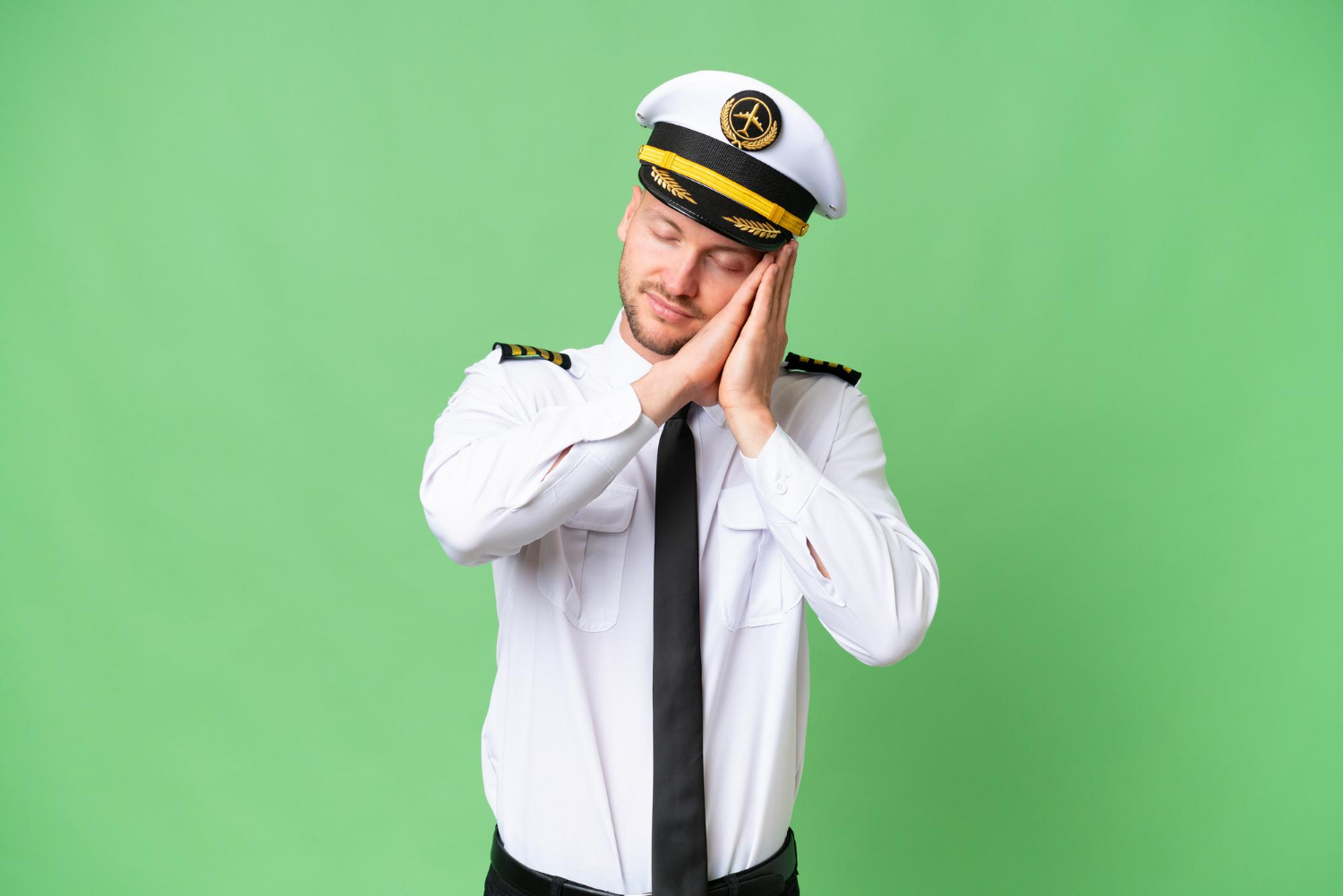
Pilot fatigue is the most significant challenge to aviation safety. The growing need for air travel in today's world has highlighted the dangers and importance of pilot fatigue. Although airlines implement various fatigue mitigation techniques, these policies do not show a substantial improvement in fatigue reduction.
23% of aviation accidents in mid-2023 were attributed to fatigue, which was 2% more than in 1980. The study also revealed that up to 91% of commercial airline pilots experience regular fatigue while in flight. A survey conducted by the British Airline Pilots Association revealed that 84% of commercial pilots reported that their capabilities had been compromised due to fatigue.
The European Cockpit Association (ECA) study showed that 53% of pilots believed fatigue risk was ‘not well managed’ within their airline. Not only do pilot responses highlight the ineffectiveness of current fatigue mitigation strategies, but they also experienced difficulty in reporting fatigue. For several pilots, it seemed easier to push through the fatigue than to cope with the process of calling out of work or reporting fatigue to their airline.
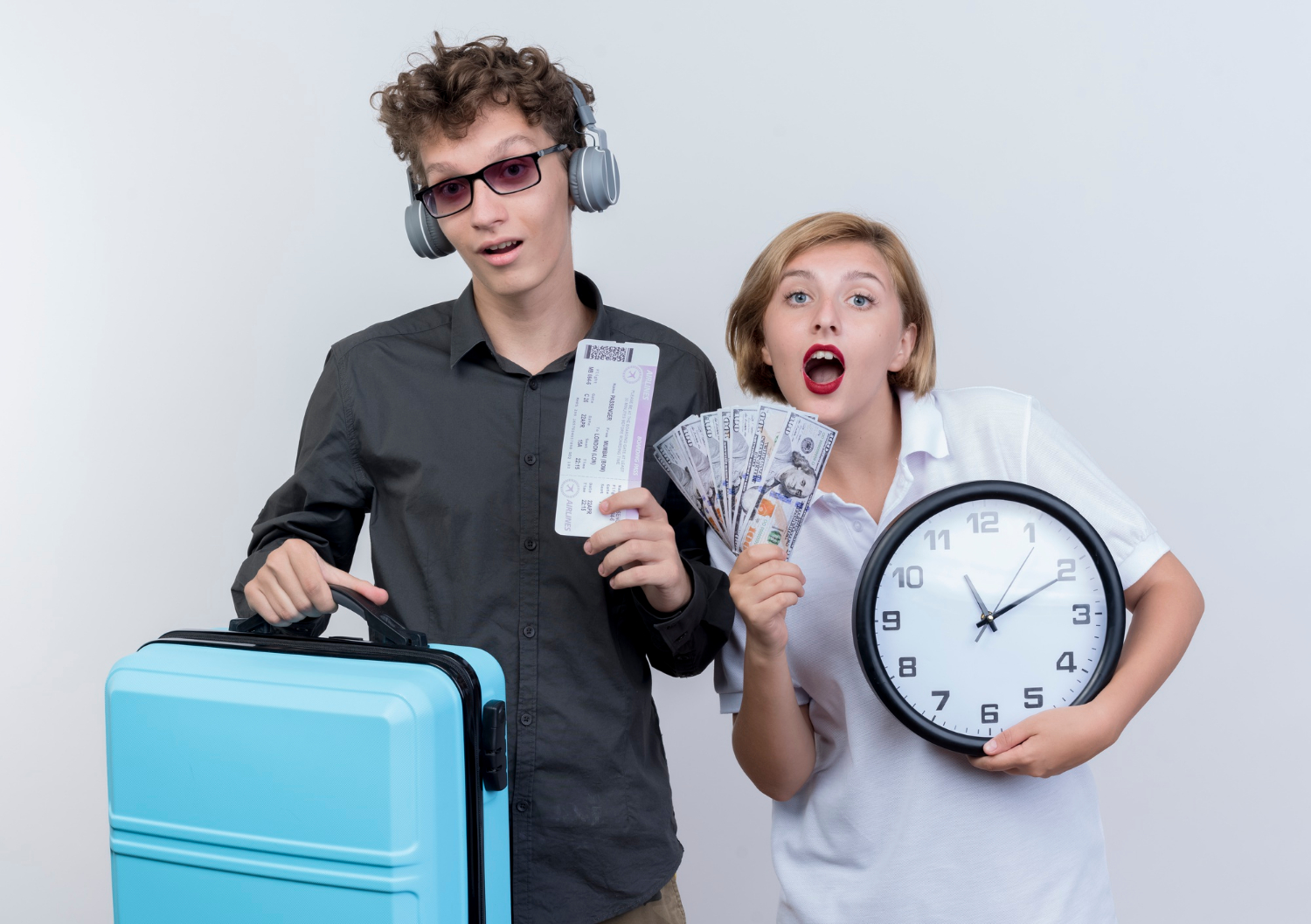
International Civil Aviation Organization (ICAO) describes fatigue as "A physiological state of reduced mental or physical performance capability ensuing from sleep loss or lengthy wakefulness, circadian phase or workload." To make it relevant, it is a feeling we experience after a long, busy day and all we’re looking for is sleep. Airline pilots may have to perform up to six landings in a day, which can be a tiring affair for most domestic pilots. International long-haul flights could have been no better had it not been the second set of flight crew permitted to replace the initial pair.
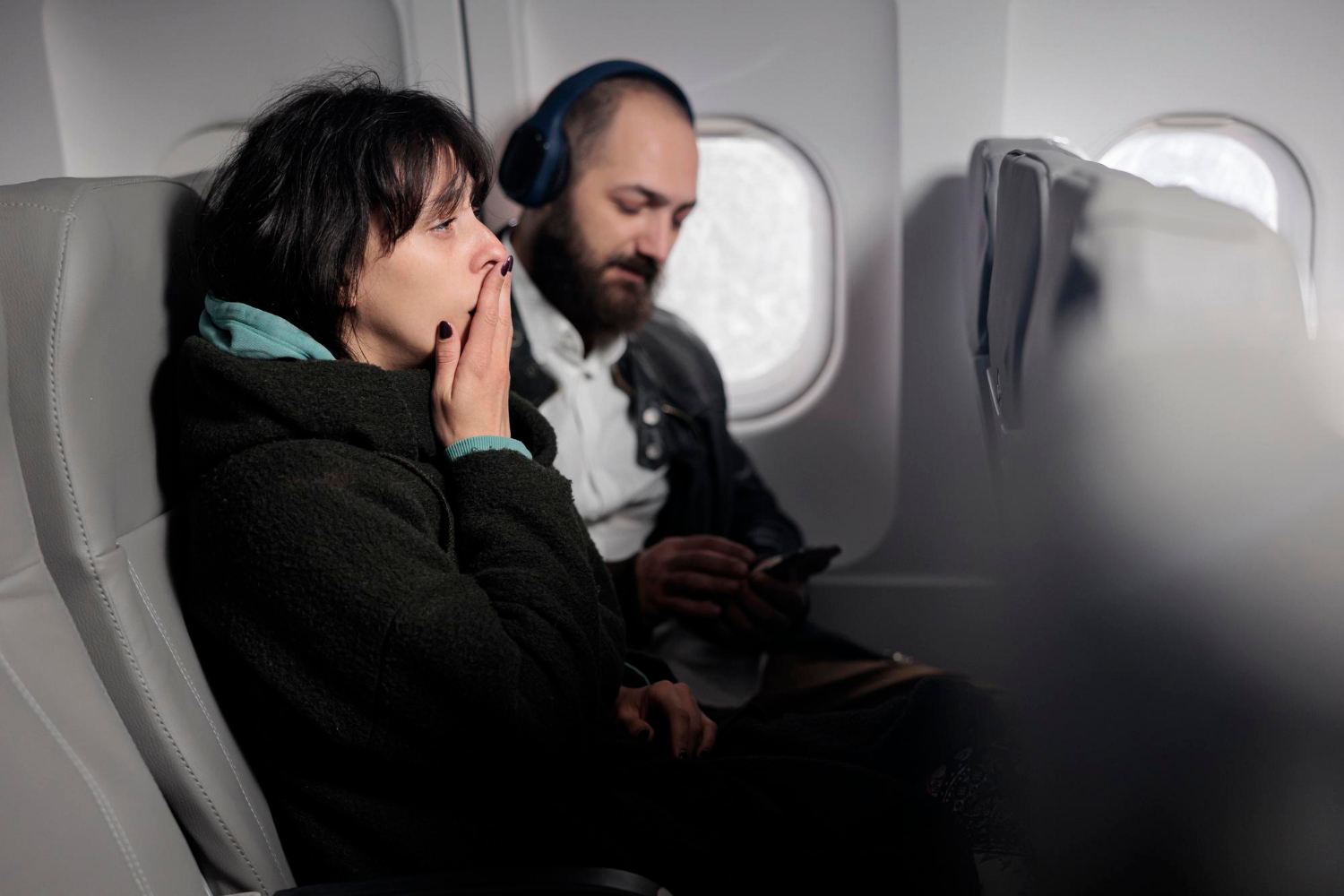
Although the idea of pilots sleeping at the same time was a nightmarish prospect, one of them taking a power nap under strict conditions was a very constructive thought. Every flight has a stage termed the approach phase. It creates the most critical portion of a flight and a fatigued pilot could risk the aircraft's safety as much as an engine failure.
Sensing an opportunity for such an incident, several pilot unions requested amendments to the Flight Duty Time Limitations. The provision letting cockpit naps was included in the DGCA’s Civil Aviation Requirements in 1992. This was primarily a result of a groundbreaking NASA study that demonstrated an increase in alertness after a 40-minute sleep preceding the approach.
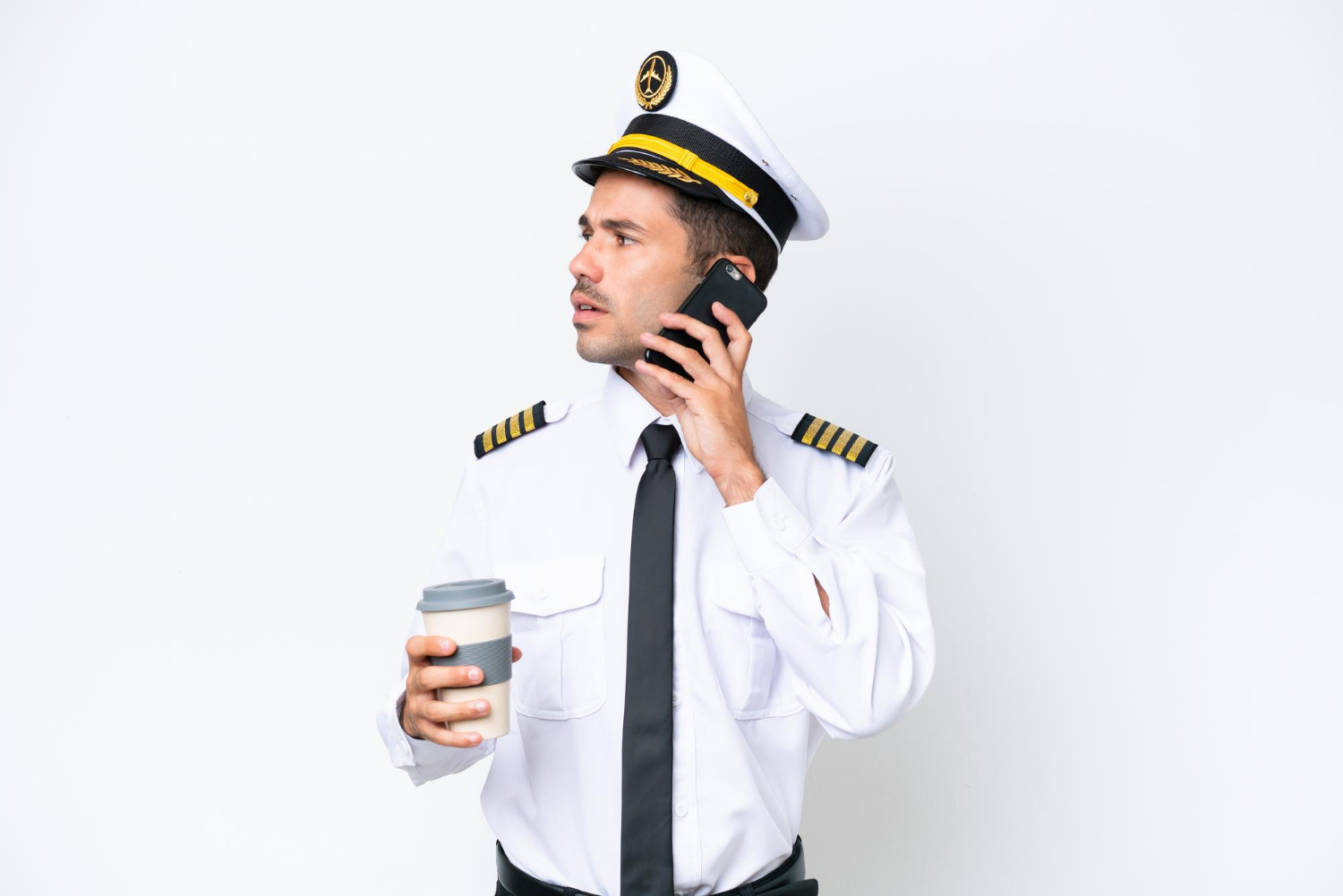
It would have been astonishing if customers had not expressed disbelief about implementing such a scheme. Consequently, the power nap was termed Controlled Rest, accompanied by some stringent conditions. CR fundamentally allowed one of the two operating pilots to sleep for up to 40 minutes through the cruise phase. In the age of autopilot, the cruise phase is characterized by minimal inputs from pilots.
Every nap taken is permitted only for sectors that have exceeded 3 hours of flight time. One of the conditions that approves the rule being implemented considerately is the prerequisite for the pilot to be awake for 30 minutes before the commencement of the descent phase. This allows some time to orient before the critical phase starts.
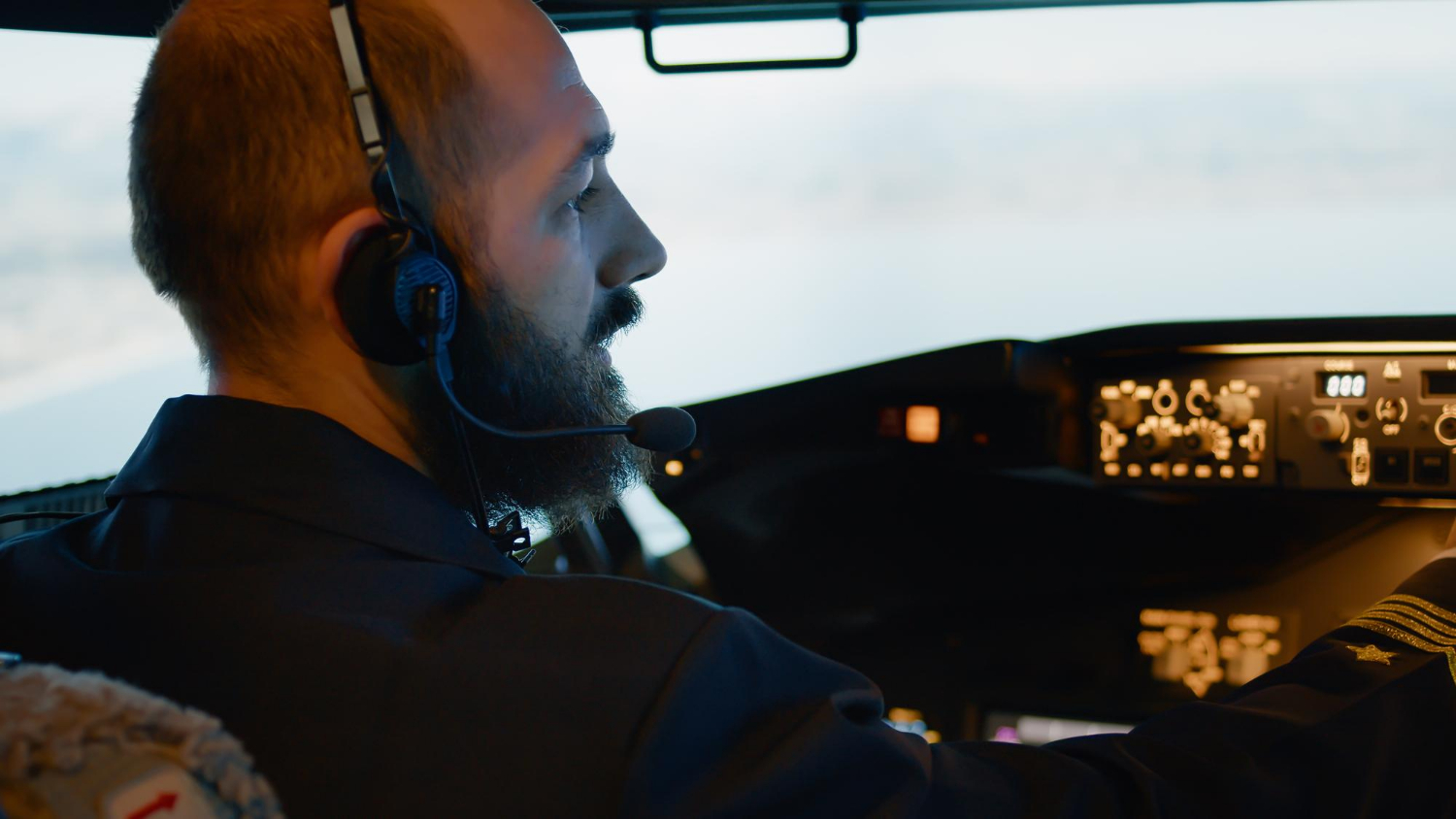
According to the BBC, a BALPA study found that more than 56% of commercial pilots admitted to falling asleep while flying. Likewise, a study by the ECA showed that 75% pilots had slept in the cockpit in 2023. Moreover, and more concerning, about 29% reported that upon waking, they found their co-pilot asleep.
Microsleep, caused by fatigue, involves a sudden, brief episode of sleep or drowsiness. It is also something several pilots admit to experiencing while inflight. These brief periods of unconsciousness can occur during the day and might even happen with the eyes open.
While microsleep renders individuals temporarily less responsive or even unresponsive to stimuli, it occurs only during periods of low mental stimulation. For pilots, this means that microsleep is much less likely to occur during critical windows of a flight and it is more likely to occur for pilots flying longer legs.
An ECA study found that over 75% of the pilots interviewed had experienced microsleep in the cockpit at least once in a month and 26.2% reported five or more microsleeps. Around 24% reported experiencing zero occurrences of microsleep.
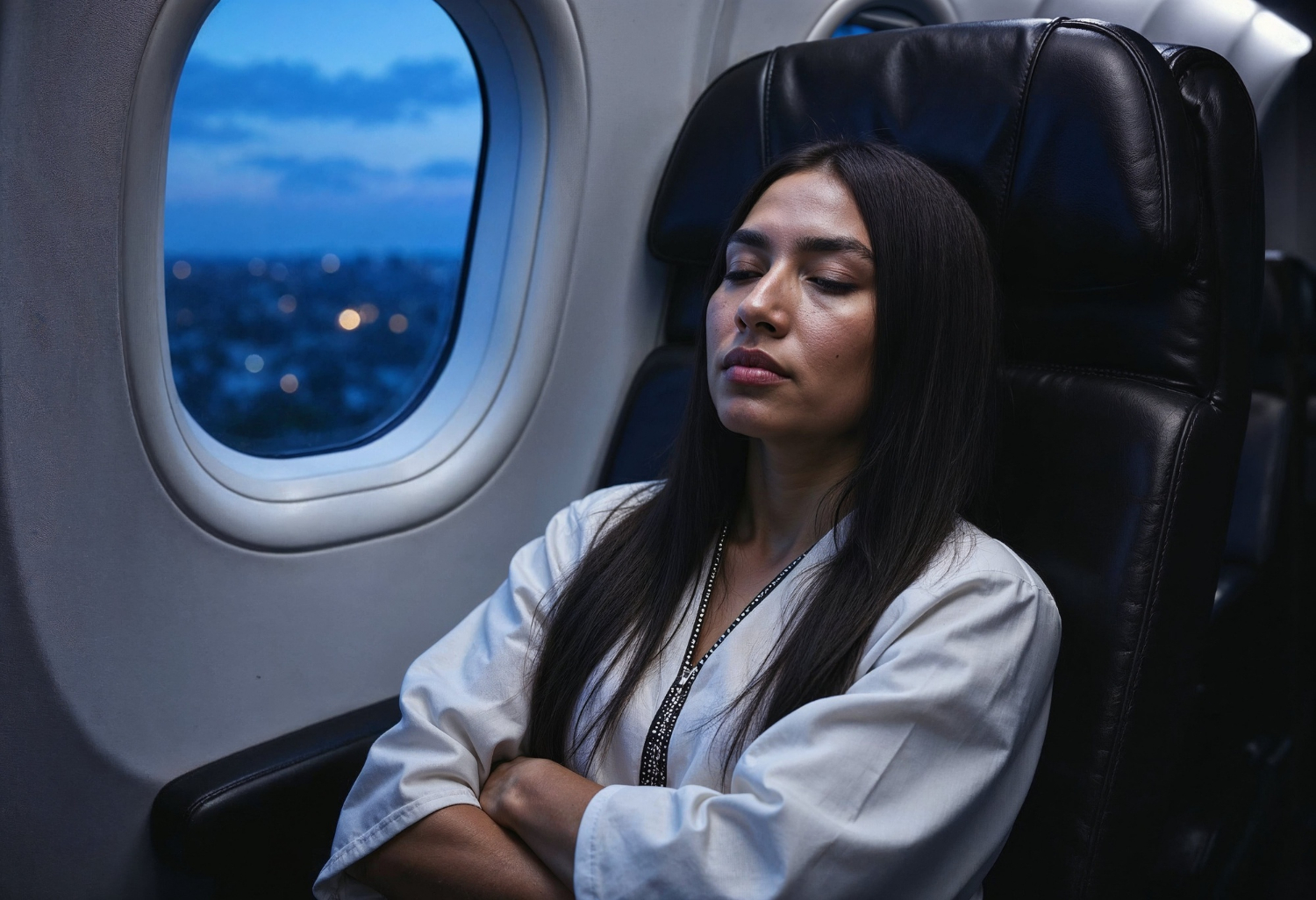
Many professionals have propounded the benefits of sleeping while flying. However, it is essential to examine the potential safety risk that pilot inflight sleep poses. Several countries and airlines that permit CRIP have emphasized the importance of following the strategy’s guidelines to guarantee that at least one pilot is awake at all times.
Eventually, the truth is that pilots fall asleep in-flight more often. Although studies of pilots worldwide are lacking, current research indicates that a substantial proportion of commercial pilots admit to falling asleep while flying. While this might seem alarming at first, the data suggests that controlled in-flight sleep benefits pilots. The danger, consequently, seems not to be the act of sleeping itself, but rather the fatigue that precedes the nap.
Fatigue is a major issue in the cockpit and regulations have gone far enough to handle most situations effectively. The problems may have a direct impact on the perceived safety of potential customers. Despite this, making the correct choices for a smooth experience and drafting safety measures for eventualities remains vital to the successful implementation of such a life-saving rule.
If you want to become a commercial pilot, it is essential to be aware of all the rules and requirements. For this, you can enrol with us at Flapone Aviation. It is one of the leading commercial pilot training institutes in the country. So, what are you waiting for? Come to us now and turn your dream of becoming a pilot into reality.
Whether you're a beginner or looking to upskill, our training advisors can help you choose the right course.